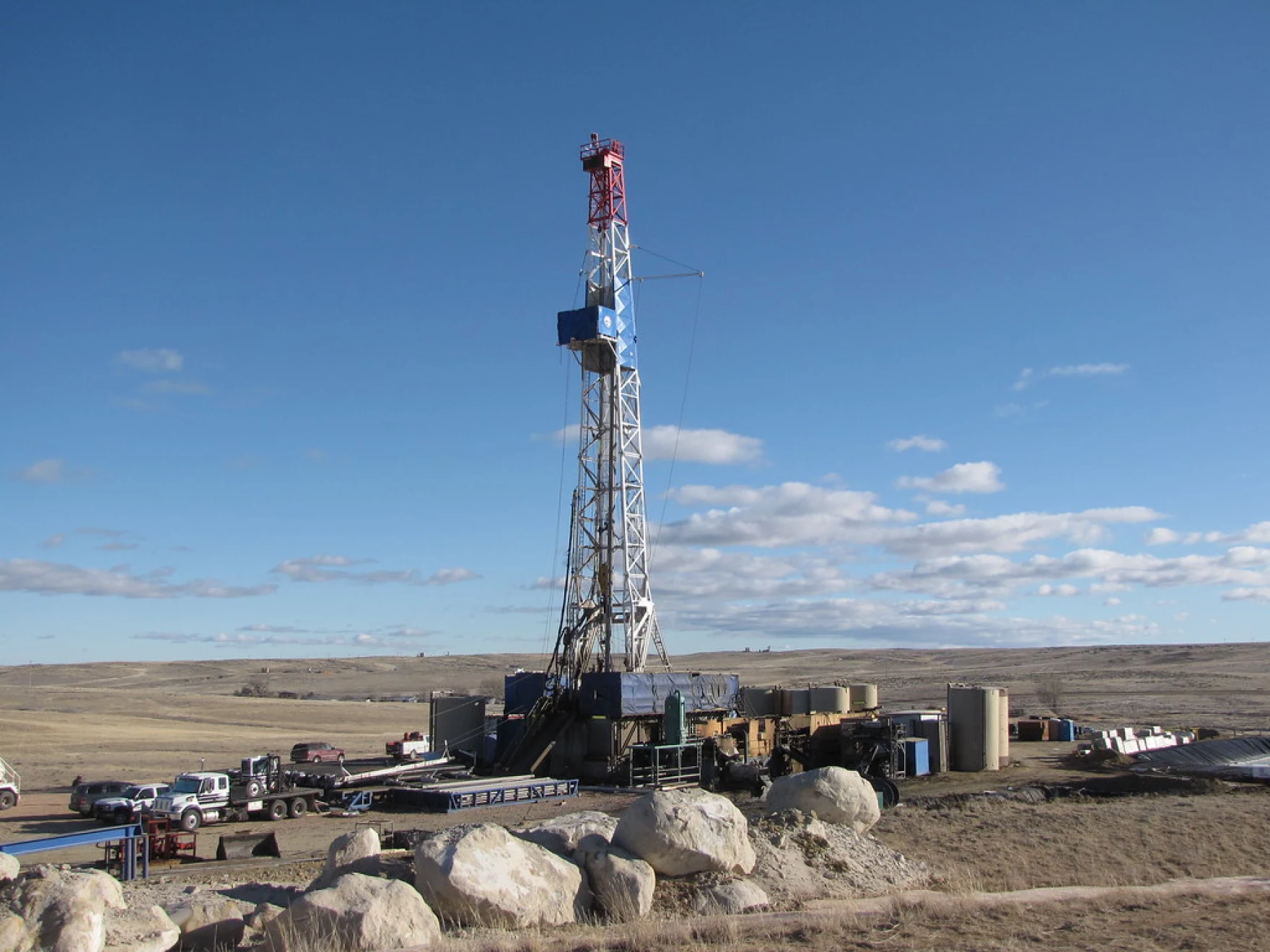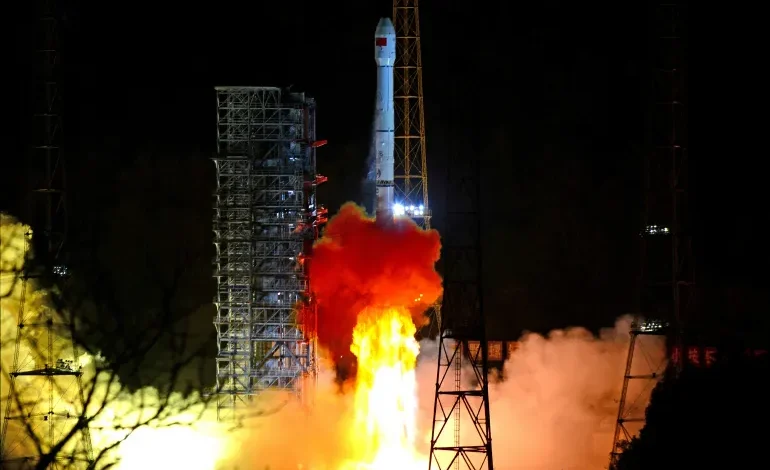China has achieved a major milestone in its space exploration efforts with the successful launch of the Tianwen-2 spacecraft, marking the country’s first mission to retrieve pristine samples from an asteroid, according to Al Jazeera.
Experts have described the launch as a “significant step” toward Beijing’s expanding ambitions for interplanetary exploration.
At approximately 1:31 a.m. local time (18:30 GMT Wednesday), China’s Long March 3B rocket blasted off from the Xichang Satellite Launch Centre in Sichuan province, carrying the robotic Tianwen-2 probe. If successful, China will become the third nation—after Japan and the United States—to bring back untouched asteroid rocks for scientific study.
According to Chinese state media, the spacecraft deployed its solar panels smoothly shortly after launch, with the China National Space Administration (CNSA) officially declaring the mission a success.
Over the next year, Tianwen-2 will travel to a near-Earth asteroid called 469219 Kamoʻoalewa (also known as 2016 HO3), located some 10 million miles (16 million kilometers) from Earth. The asteroid is believed to be a fragment of the Moon. The spacecraft is expected to reach the asteroid in July 2026, collect samples, and return them to Earth for landing in November 2027.
The mission aims to shed light on the formation and evolution of asteroids and the early solar system. It will also explore a main-belt comet known as 311P and study the physical properties of both celestial bodies, including their orbit, rotation, size, shape, and thermal characteristics.
Shan Zhongde, head of the CNSA, hailed the mission as a “significant step in China’s new journey of interplanetary exploration,” expressing hopes that it would lead to “groundbreaking discoveries” and expand humanity’s knowledge of the cosmos.
China has rapidly expanded its space capabilities in recent years, including landing a rover on the Moon’s far side and collecting lunar samples for the first time last year. The country also operates the Tiangong space station, currently the only active orbital station apart from the International Space Station, from which three astronauts recently returned after a record six-month mission.









The latest news in your social feeds
Subscribe to our social media platforms to stay tuned